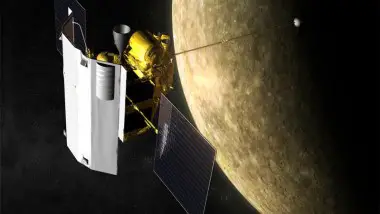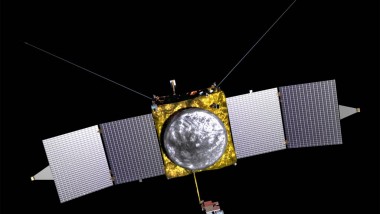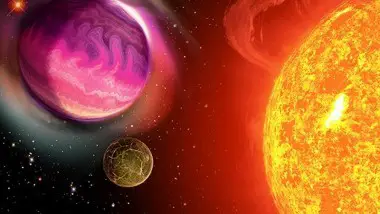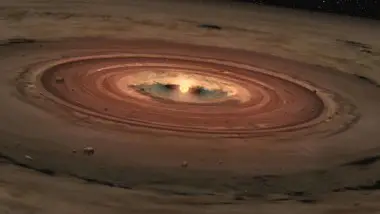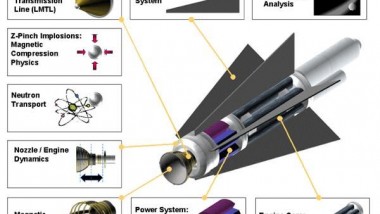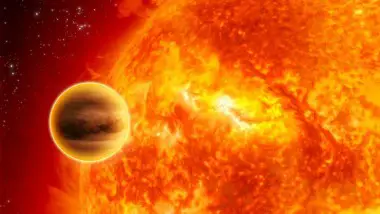Russia’s Federal Space Agency (Roscosmos) has announced its intentions to build a low-orbit space station, which, according to the agency, will support future exploration of the moon and Mars. The project proposal is already on its way to be reviewed ...
Young Planets Remain Hot Longer than Assumed
An MIT scientist suggests young planets maintain a high temperature for several million years, much longer than previously assumed. This can make such planets easier to detect, because during this hot stage their brightness is not overshadowed by that of ...
MAVEN – New NASA Mission to Mars
The Laboratory for Atmospheric and Space Physics at the University of Colorado at Boulder was selected by NASA to lead a new upcoming space mission to Mars. The Mars Atmosphere and Volatile Environment spacecraft is scheduled for launch in 2013 ...
Marveling the Formation of Planets
NASA has recently announced the Multi-Object Apache Point Observatory Radial Velocity Exoplanet Large-Area Survey, whose goal is to massively search for new planets by observing about 11,000 nearby stars over 6 years. The research is due to begin in the ...
Dark Matter is Denser in the Solar System
Dark Matter is a ubiquitous and mysterious type of matter that comprises about 23% of the energy density of the universe, much more than the 4% accounted for by the visible and more familiar matter known as baryonic matter. The ...
Building Blocks of Life Found in Space
Using NASA’s Spitzer Space Telescope, U.S. researchers have discovered large amounts of simple organic gases and water vapor in a possible planet-forming region around an infant star. The scientists found even more water surroundings two other young stars in the ...
Super-Cameras Detect New Planets
A team of researchers from the University of St. Andrews recently announced the discovery of three new planets orbiting a sun almost 1,000 light years away from Earth. The new Jupiter-sized planets are orbiting their stars so closely that according ...
Mini-Mag Orion Will Reach for the Stars
Andrews Space & Technology (AS&T) introduced an innovative propulsion system that could significantly shorten round trips from Earth to Mars (from two years to only six months!) and enable our spaceships to reach Jupiter after one year of space traveling. ...
Water Spirals around a Newborn Star
NASA’s Spitzer Space Telescope recently detected tremendous amounts of water vapor inside the accretion disk of a newborn star approximately 1,000 light-years from Earth. The new observations show for the first time how water, a basic ingredient for life as ...
First Water on an Extrasolar Planet
Scientists discovered what seems to be the first conclusive evidence for water on an extrasolar planet. The discovery was made by French scientists using data from NASA’s Spitzer space telescope and was recently published in the scientific magazine Nature. In ...


